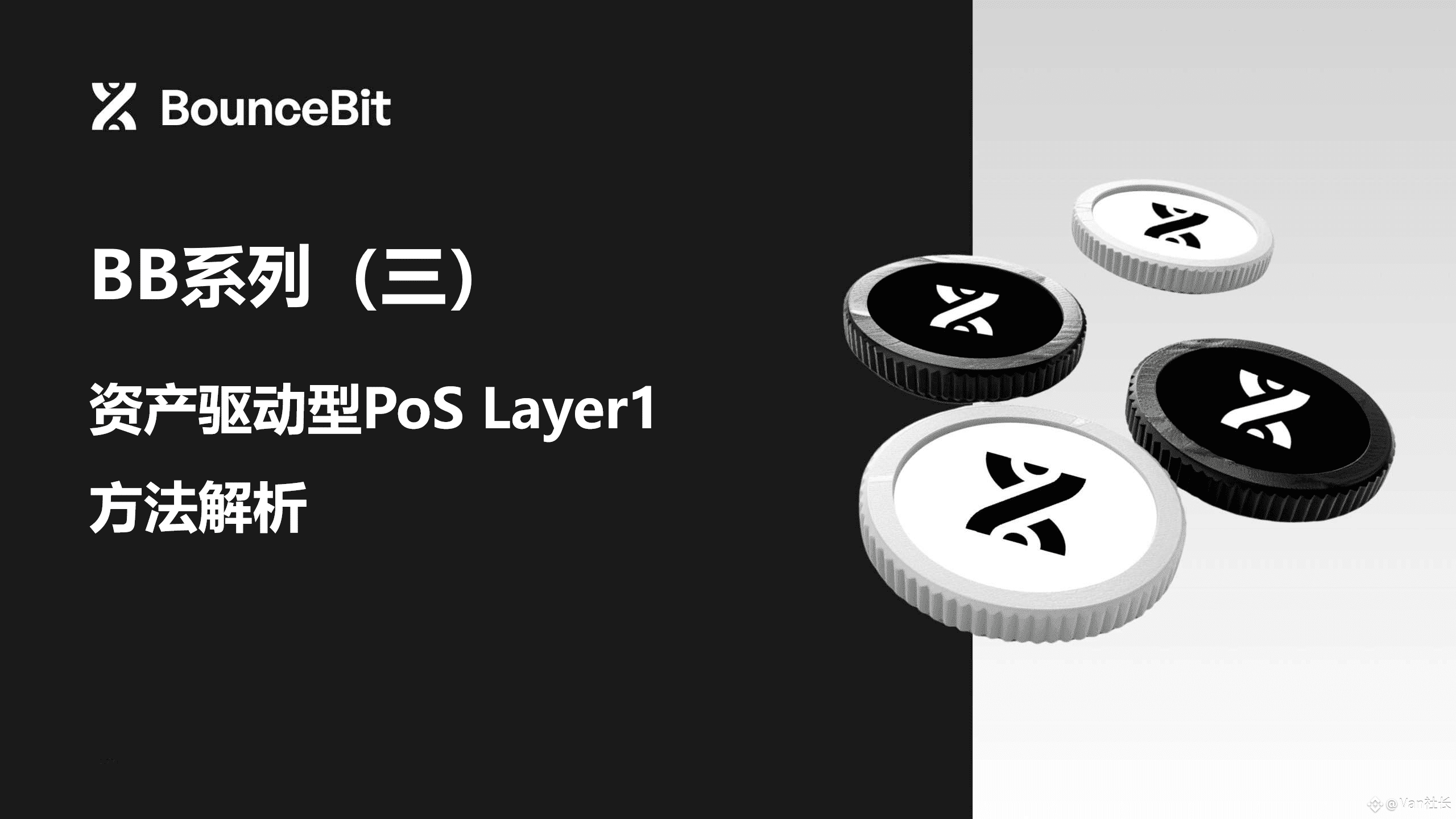I really admire BounceBit's asset-based proof of stake approach for the first layer. Unlike traditional second-layer blockchains that rely on the main Bitcoin chain, this approach creates an independent proof of stake network. Its core principle is the use of two tokens, BTC and $BB, to operate the verification mechanism. Simply put, verifiers must deposit both BTC and $BB. This not only enhances the network's security but also transforms BTC from merely a 'store of value' into an active participant in assets, avoiding the previous constraints of its passive tethering.
What is the importance of asset integration? Because it integrates Bitcoin's reliability into first-layer consensus. Asset-level integration replaces protocol-level tethering, making the network more flexible and attractive to developers. For example, after depositing Bitcoin, users can generate stBTC, which can later be invested in a Shared Security Client (SSC), providing security support for other chains while yielding multiple returns. This approach also unifies the liquidity of wrapped Bitcoin across multiple chains, such as BTCB and WBTC, directly linking them to the BounceBit platform, simplifying processes and reducing fragmentation. From a strategic perspective, this proof of stake design relies on Bitcoin's security and is compatible with the Ethereum Virtual Machine (EVM), facilitating the smooth development of decentralized applications (dApps). Imagine that all dormant Bitcoin is now capable of participating in mining and governance, and even minting RWA, truly activating Bitcoin's value. Overall, the asset-managed first layer in BounceBit is not only technically innovative but also redefines Bitcoin's role in the ecosystem, promising more cross-chain opportunities and sustainable growth in the future. #BounceBitPrime @BounceBit $BB
